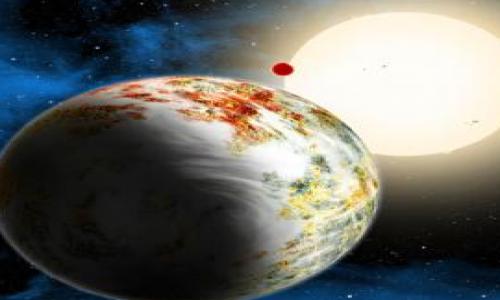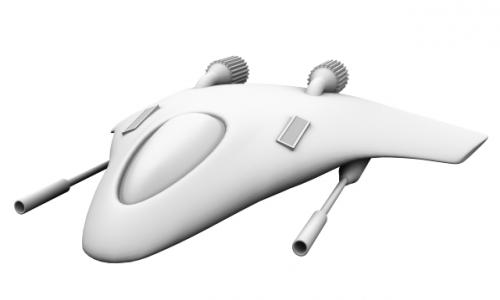
New planet similar to Earth
Post By : crazy gal
Post Rank : 2319th
Category : Social-Mania
Sub Category : Science
07 Jun 2014
Among the pull of several new planets uncovered by the Kepler Space Telescope, numerous have qualified as super-Earths - planets that are a few times bigger than Earth, are rough like our own, and dwell in the livable zones of their stars. In any case at no other time had researchers caught a world like Kepler-10c, a "super Earth" that looks a great deal like home yet is 17 times heavier than our planet.
At the point when Kepler initially spied this new planet, stargazers measured its distance across to be 29,000 kilometers, or about 2.3 times bigger than Earth's. That would have been astounding, yet not recording-setting. In any case, when researchers from the Harvard-Smithsonian Center for Astrophysics (Cfa) took a gander at Kepler-10c utilizing the Telescopio Nazionale Galileo as a part of the Canary Islands, they measured the planet's mass and discovered it to be heavy to the point that it must be made of rocks and other thick materials.
Kepler-10c circles a star like the Sun, spotted about 560 light years from here. It finishes a circle once at regular intervals. Also this new discovering annouced today about its mass could have significant effects on the quest for life out there among the stars.
Researchers would have believed that any planet as overwhelming as Kepler-10c would be a vaporous world, for example, Jupiter and Saturn. Without a doubt, a significant number of the first exoplanets to be uncovered were "hot Jupiters" - gas goliaths found near their stars. Anyway life as we know it needs to live on a hard, rough planet or moon. The revelation of such a massive rough world opens up the likelihood of a lot of people all the more possibly livable planets all through the universe.
Moreover, new research proposes a connection between to what extent it takes for a planet to circle its star and how vast a rough planet can develop. That would propose rough planets could be greater the more distant you get from the star. On the off chance that this association is genuine, it would imply that space experts will discover significantly more super Earths as they look for exoplanets with longer orbital periods. (A large number of the planets newfound by Kepler are generally near their stars.)
This new uber Earth likewise implies that cosmologists could look to exceptionally old stars for conceivably livable planets. Kepler-10c circles a star that structured only 3 billion years after the Big Bang, and researchers had thought it make taken the first few billion years of the universe's presence only for blasting stars to structure enough substantial components for rough planets to structure.
"Discovering Kepler-10c lets us know that rough planets could structure much sooner than we suspected. What's more on the off chance that you can make rocks, you can make life," lead scientist Dimitar Sasselov says in a press release.
Comments
Similar Posts

New planet similar to Earth
Among the pull of several new planets uncovered by...

How to get a better memory power?
Everyone loves to have a better memory power. Some...

Few modern day phobias
A phobia is an intense fear of something that, in ...

On impact, why beer turns foamy?
After a deep long study by researchers to find the...

The death of the British space scientist Colin Bellinger
Space scientist died Briton Colin Bellinger, who f...
.jpg)
Amazing Facts - You may be amazed.!
If the people in the developing world needed as...

Do you define your orientation political composition of the brain?
Policy is one of the most complex areas of human t...

Hydrogen economy-Our sustainable future.
There is a diversity of fuels out there. But in te...

Less sleeps leads to aging of your brain faster
The less older adults sleep, the quicker their bra...

New aircraft, unmanned "easy to use"
The number of unmanned aircraft flying in the skie...



